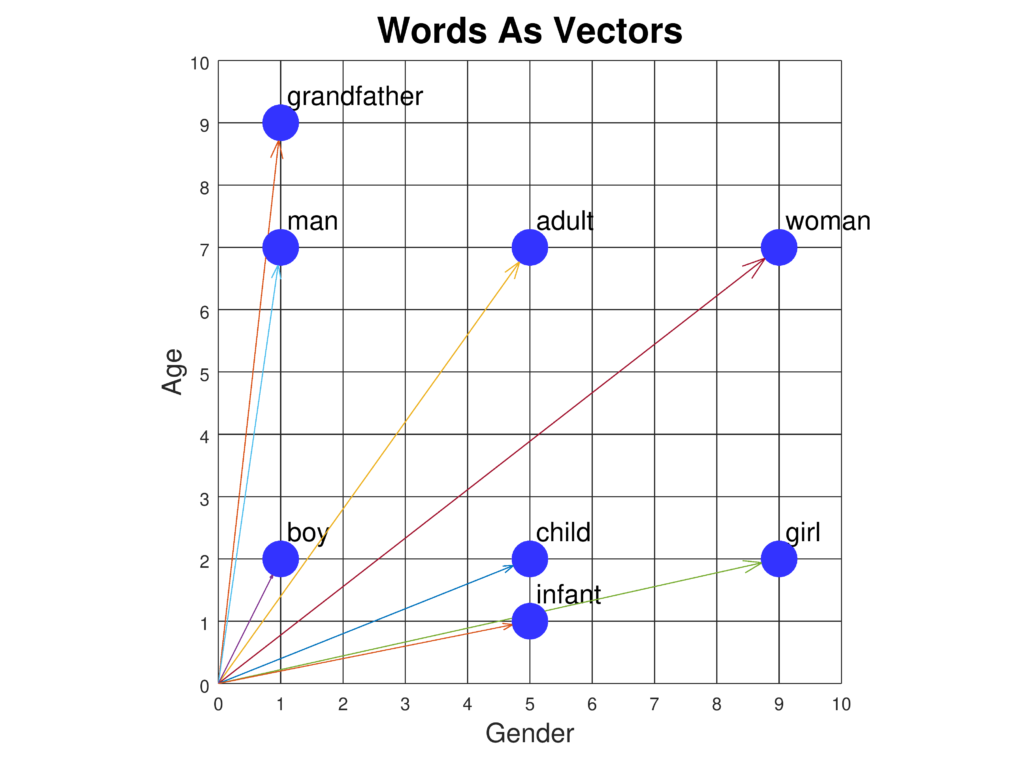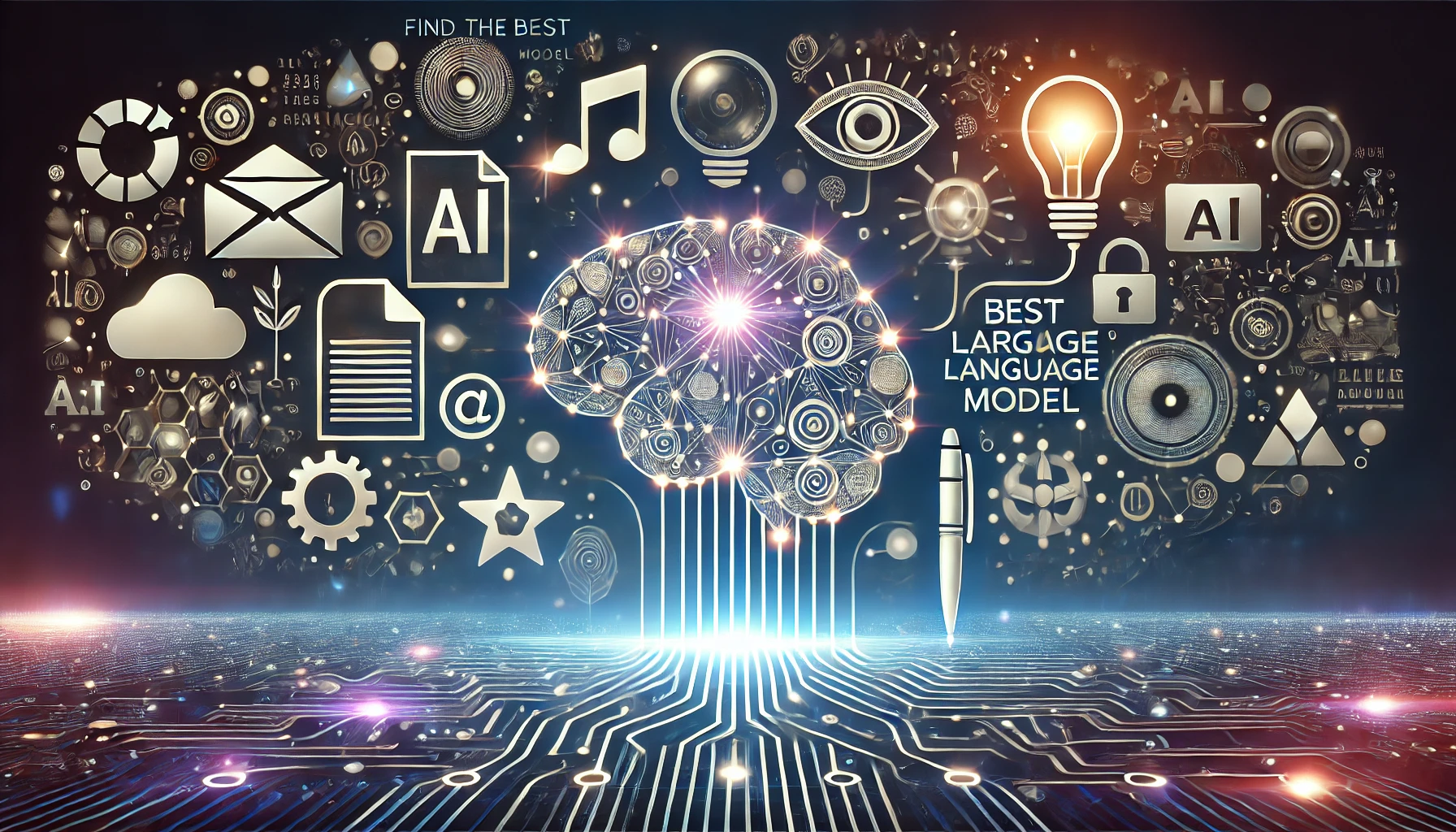
Embedding Vector
An embedding vector is a dense numerical representation of data in a multidimensional space, capturing semantic and contextual relationships. Learn how embeddin...
Word embeddings map words to vectors in a continuous space, capturing their meaning and context for improved NLP applications.
Word embeddings are pivotal in NLP bridges human-computer interaction. Discover its key aspects, workings, and applications today!") for several reasons:
Research on Word Embeddings in NLP
Learning Word Sense Embeddings from Word Sense Definitions
Qi Li, Tianshi Li, Baobao Chang (2016) propose a method to address the challenge of polysemous and homonymous words in word embeddings by creating one embedding per word sense using word sense definitions. Their approach leverages corpus-based training to achieve high-quality word sense embeddings. The experimental results show improvements in word similarity and word sense disambiguation tasks. The study demonstrates the potential of word sense embeddings in enhancing NLP applications. Read more
Neural-based Noise Filtering from Word Embeddings
Kim Anh Nguyen, Sabine Schulte im Walde, Ngoc Thang Vu (2016) introduce two models for improving word embeddings through noise filtering. They identify unnecessary information within traditional embeddings and propose unsupervised learning techniques to create word denoising embeddings. These models use a deep feed-forward neural network to enhance salient information while minimizing noise. Their results indicate superior performance of the denoising embeddings on benchmark tasks. Read more
A Survey On Neural Word Embeddings
Erhan Sezerer, Selma Tekir (2021) provide a comprehensive review of neural word embeddings, tracing their evolution and impact on NLP. The survey covers foundational theories and explores various types of embeddings, such as sense, morpheme, and contextual embeddings. The paper also discusses benchmark datasets and performance evaluations, highlighting the transformative effect of neural embeddings on NLP tasks. Read more
Improving Interpretability via Explicit Word Interaction Graph Layer
Arshdeep Sekhon, Hanjie Chen, Aman Shrivastava, Zhe Wang, Yangfeng Ji, Yanjun Qi (2023) focus on enhancing model interpretability in NLP through WIGRAPH, a neural network layer that builds a global interaction graph between words. This layer can be integrated into any NLP text classifier, improving both interpretability and prediction performance. The study underscores the importance of word interactions in understanding model decisions. Read more
Word Embeddings for Banking Industry
Avnish Patel (2023) explores the application of word embeddings in the banking sector, highlighting their role in tasks such as sentiment analysis and text classification. The study examines the use of both static word embeddings (e.g., Word2Vec, GloVe) and contextual models, emphasizing their impact on industry-specific NLP tasks. Read more
Word embeddings are dense vector representations of words, mapping semantically similar words to nearby points in a continuous space, enabling models to understand context and relationships in language.
They enhance NLP tasks by capturing semantic and syntactic relationships, reducing dimensionality, enabling transfer learning, and improving the handling of rare words.
Popular techniques include Word2Vec, GloVe, FastText, and TF-IDF. Neural models like Word2Vec and GloVe learn embeddings from large text corpora, while FastText incorporates subword information.
Classic embeddings struggle with polysemy (words with multiple meanings), may perpetuate data biases, and can require significant computational resources for training on large corpora.
They are used in text classification, machine translation, named entity recognition, information retrieval, and question answering systems to improve accuracy and contextual understanding.
Start building advanced AI solutions with intuitive tools for NLP, including word embeddings and more.
An embedding vector is a dense numerical representation of data in a multidimensional space, capturing semantic and contextual relationships. Learn how embeddin...
Natural Language Processing (NLP) is a subfield of artificial intelligence (AI) enabling computers to understand, interpret, and generate human language. Discov...
We've tested and ranked the writing capabilities of 5 popular models available in FlowHunt to find the best LLM for content writing.

